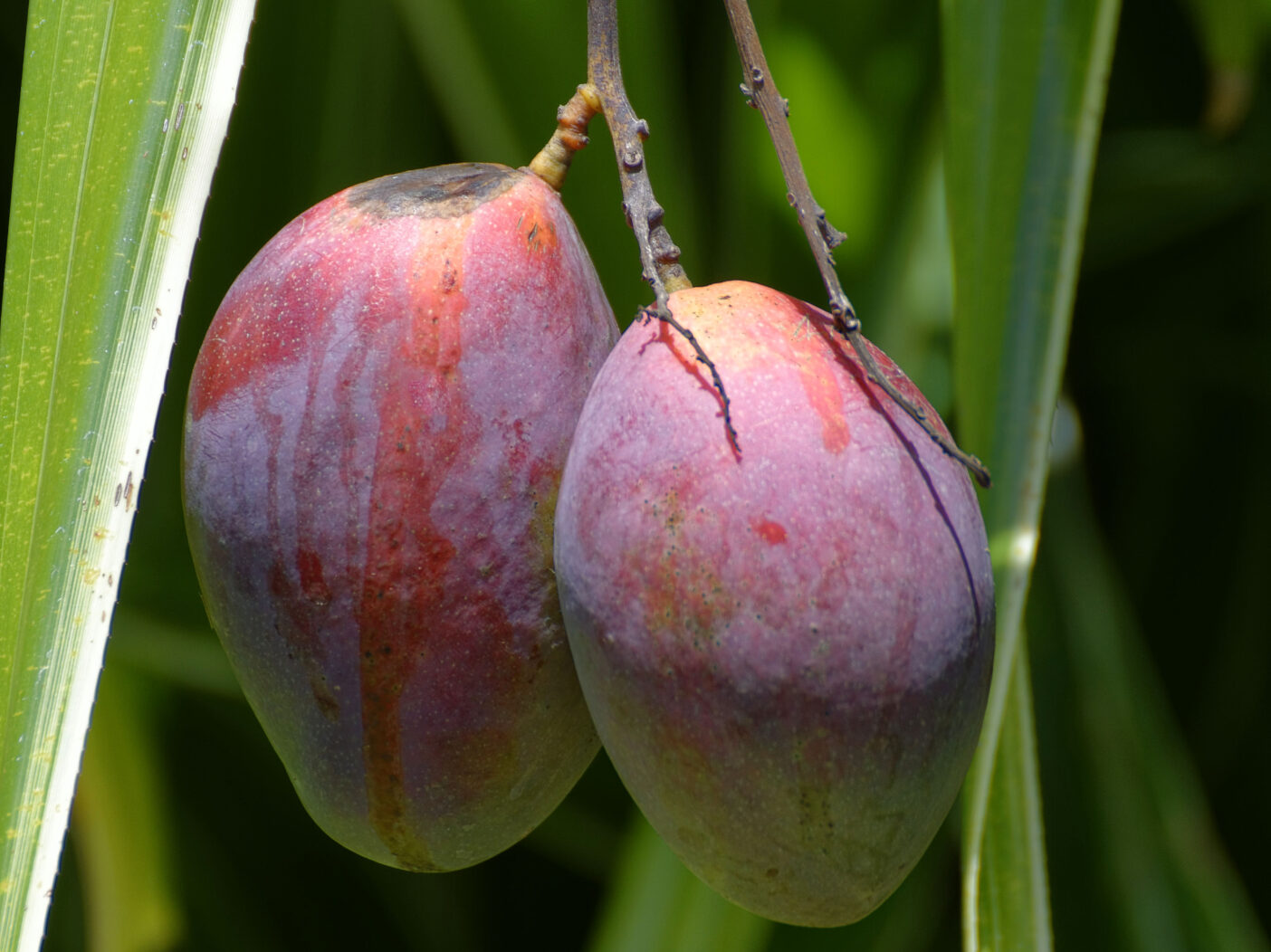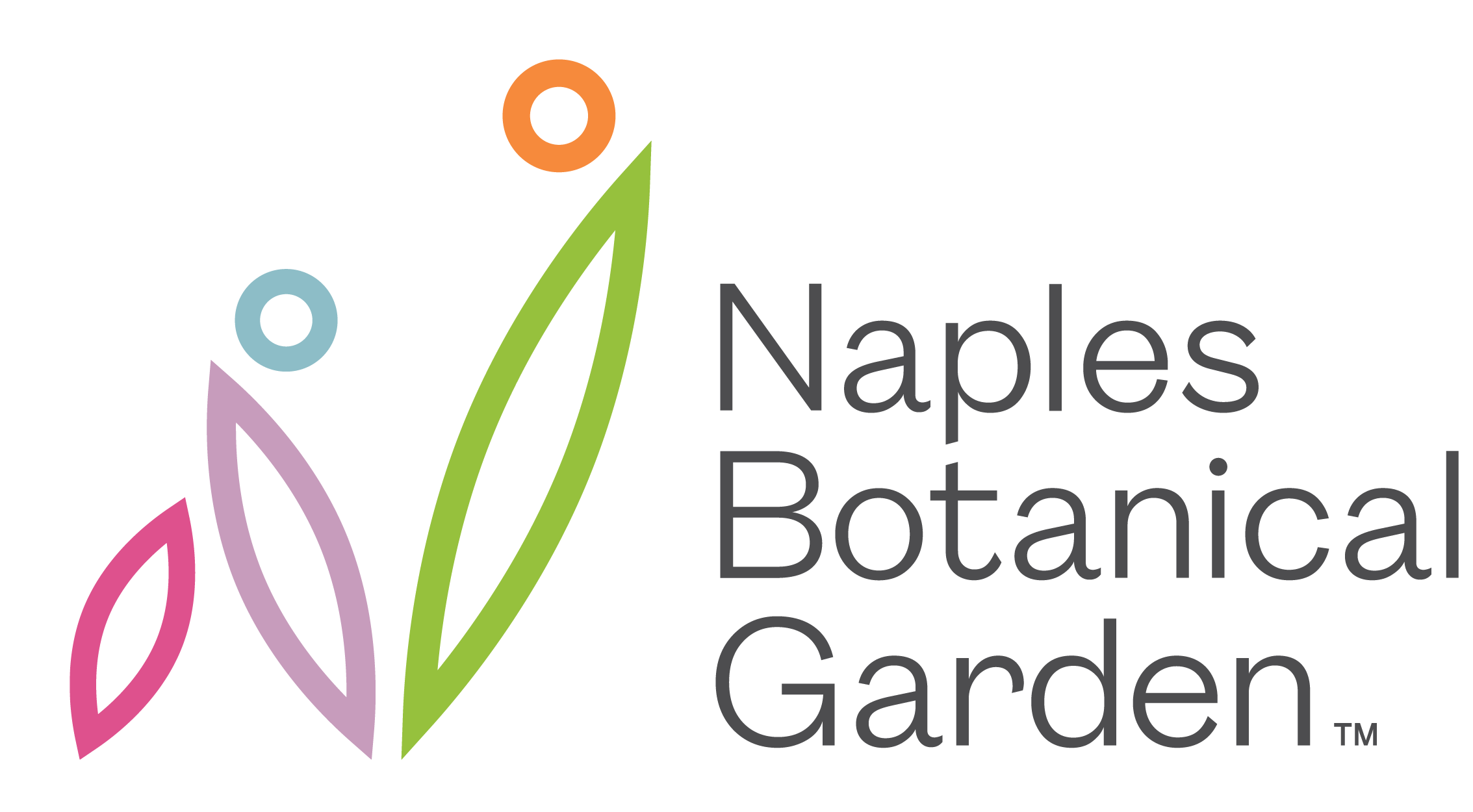
Summertime in South Florida is hot, but the upside? It’s sweet! We’re talking tropical fruit sweet, like the mangos that are at their peak right now. If you find yourself coveting this “king of fruits,” why not grow your own? Grab a mango, and discover how to plant your own tree from its seed.
Materials:
- Mango seed
- Glass of water
- Kitchen scissors
- Paper towels
- Sandwich bag
- Medium size pot (0.5 – 1 gallon)
- Potting soil
Steps:
- 1. Cut open mango to remove seed. The seed will be inside a husk.
- 2. Clean the seed husk.

- 3. Using a pair of strong scissors, such as kitchen shears, carefully cut the edge of the seed husk, allowing you to open the husk and remove the seed. The seed will be slippery, so proceed with caution.
Sometimes the seed may have a papery coat, as seen in the photo below. Remove this before proceeding to the next step.

- 4. Soak the seed in a cup of water for 24 hours.
- 5. Moisten a paper towel. Make sure it is damp throughout, but not soaking wet. Wrap the seed in the paper towel.
- 6. Place the seed and paper towel inside a sandwich bag, and store the seed in a warm place.
- 7. Monitor the seed’s progress every few days, watching for sprouts. Germination time will depend on air temperature and the mango’s ripeness when the seed was extracted.
- 8. Plant the seed in potting soil, making sure not to cover the new leaves.

Just sit back, and watch your mango tree grow! A few days after planting, you should see a set of true leaves showing and significant growth within a week.
Keep in mind that you may have to step up the young tree into a larger pot over time as it grows large enough to plant in the ground.
An important thing to keep in mind when you are growing a mango tree is that there are two types of mango seeds, monembryonic and polyembryonic. Monembryonic seeds produce only one plant. This plant will not be like the parent tree. Polyembryonic seeds are different. As the name suggests, there are many embryos in the seed, all which are clones of the parent except for one. This one fertilized seedling is usually the first to germinate and sprout.
If you do not notice which shoot sprouted first, the shoot most unlike the others is probably the one that isn’t a clone. You can either keep that shoot to produce a new cultivar or get rid of it in order to ensure your tree is a clone of the parent and will produce identical fruit. Also, with polyembryonic seeds, you can separate the embryos before germinating the seed, and you will have two plants.

 About the Author
About the Author
Patrick Deja is an Education Programs Assistant at Naples Botanical Garden. When not at the Garden, he loves to spend time with his wife and daughter. He also enjoys traveling and learning, whether it is about plants, history, language, or science.


